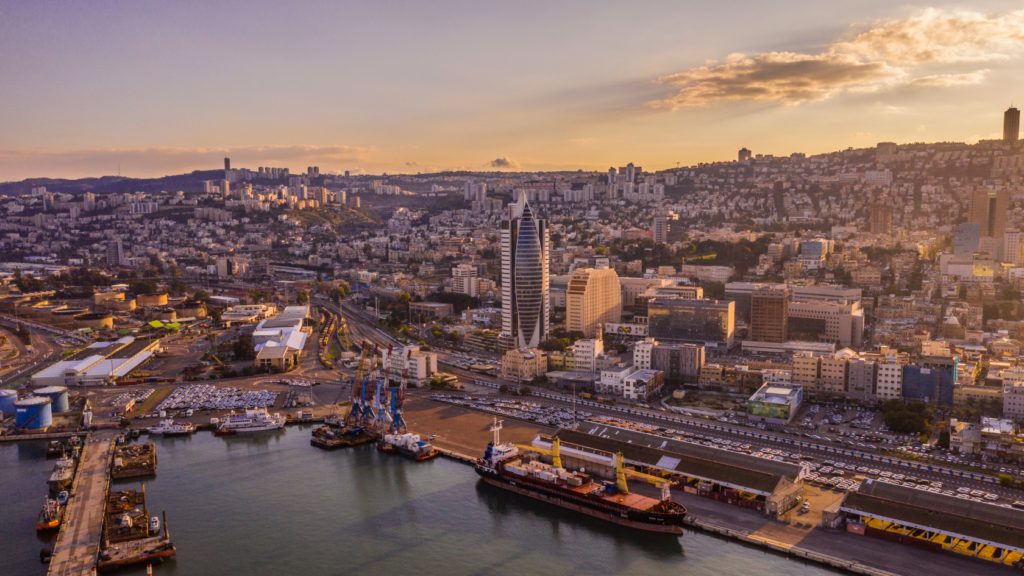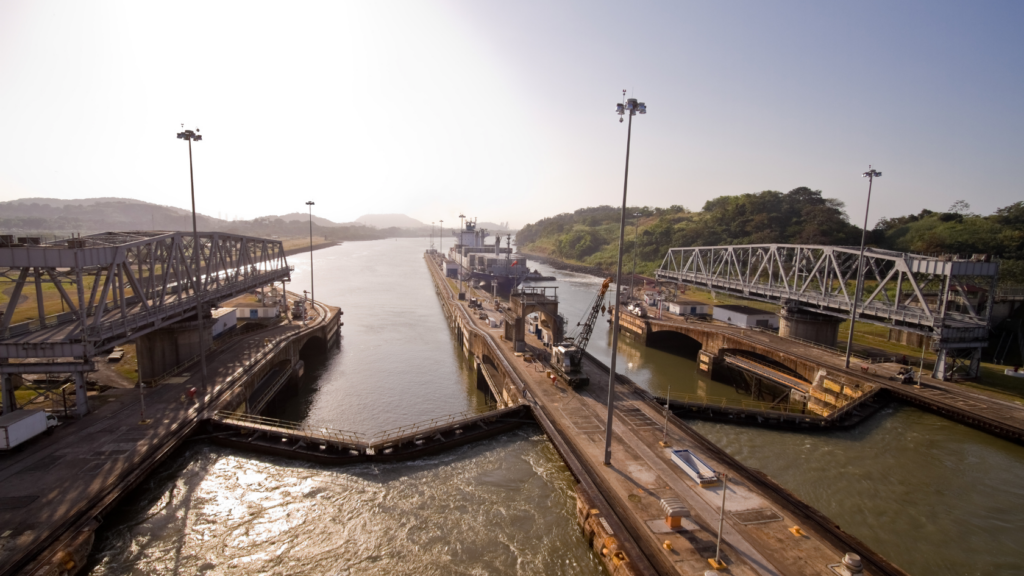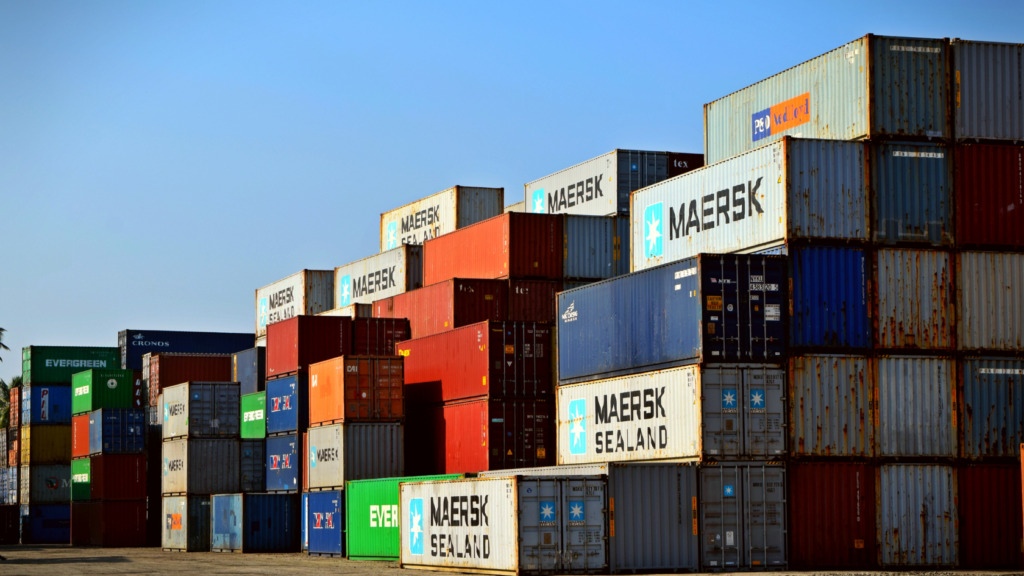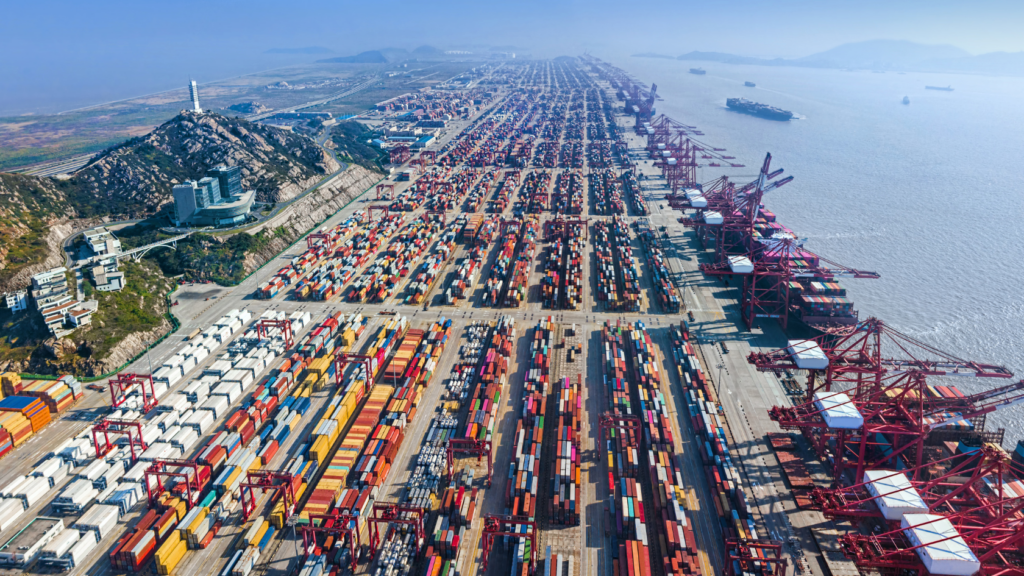Increased Rates & Risks, Canal Crisis, Maersk Lay Offs, and High Port Efficiency.
Your weekly All-Ways round-up of Supply Chain news.

Increased Risk
Israel already has additional insurance premiums because it’s considered a high-risk area due to frequent clashes in the region. War risk rates on vessels going to Israel are expected to increase tenfold. Marine insurers are assessing the implications of the war on ships.
Thus far, ships have not been impacted by the ongoing war. Ports in Northern Israel are usually far away from any kind of conflict.
However, the situation might change if more countries get involved in the war.
Gas Exports
Israel suspended production on its second-largest offshore gas field, Tamar.
With a 35% decline in gas production, Israel has to compensate by reducing its exports by 70% and turning to costly gas sources. This will cost Israel 800 million shekels ($201 million) a month.
“In the event of escalation of the war that will result in further reduction of Israel’s gas production, the economic cost will dramatically increase as it will require Israel not only to reduce exports, but also to shift local electricity generation to costly coal and diesel,” Chen Herzog, chief economist at BDO Israel said.

Panama Canal Update
In the coming months, the number of daily ships allowed to cross the Panama Canal will be reduced.
Before the drought began, up to 38 vessels were able to pass through the canal daily. In July, booking slots were cut to 32 and the vessel draft was also reduced from 50 feet to 44 feet.
Non-containerized ships like VLGCs and LNGs are bearing the brunt of these restrictions. They can only transit the canal via the Neopanamax locks because of the vessel size. Many VLGC and LNG carriers have already rerouted their vessels to take the longer route via the Suez Canal and the Cape of Good Hope.
Every day, extra booking slots are auctioned off to the highest bidder and are mostly won by LNG and LPG carriers. A recent slot was sold to the highest bidder at $2.85m (in contrast to a normal booking fee of $900,000).
Over the next week, booking slots will be cut to 25 per day and gradually decreased to 18 per day by February 1, 2024. If the draft is reduced again, most vessels will need to lighten their loads to cross the canal.
The implications of the drought in Panama trickle down the supply chain.
Panama usually receives an abundance of rainfall but has gone through 3 droughts in the last 25 years. The country will lose a significant source of revenue if droughts keep occurring. Building a new reservoir is being considered but a 2006 law protecting land will need to be removed in order to proceed and it’ll take years for the construction to be completed. This puts the country at risk of losing business to other routes.

Drop in Revenue
Weak demand, overcapacity, and inflation have caused a downturn in the shipping industry.
Maersk announced it will be laying off around 10,000 of its 110,000 employees which will save them $600 million in expenses. Maersk netted $1.9 billion in Q3, a steep drop from $10.9 billion in profit last year.
New vessels that were ordered to meet demand during the pandemic are now entering the market, threatening to topple an already fragile balance.
"The new normal we are now headed into is one of more subdued macroeconomic outlook, and thus soft volume demands for the coming years, prices back in line with historical levels, inflationary pressures on our cost base, especially from energy cost, and also increased geopolitical uncertainty," CEO Vincent Clerc said.

Automating the Future
In 1956, Malcolm Purcell McLean and Keith Tantlinger invented the standard shipping container we know today. McLean converted a war oil tanker to create a containerized ship, the SS Ideal X, which set sail from Newark to Houston with 58 containers on it. McLean also created a system and standard for loading and unloading containers from ships (amongst other improvements) that revolutionalized the industry and enabled larger ships to be built.
Fast forward to this year, the Shandong Container Terminal in Shanghai’s Yangshan Deepwater Port is expected to handle 6.6 million TEUs in 2023. About a quarter of Yangshan’s total container volume was handled by Shandong Container Terminal in 2022.
With around $1.8 billion USD being poured into the terminal’s advancements, the terminal boasts the largest automated container terminal in the world. Its 145 automated guided vehicles allow the terminal to load, unload, and transport the containers around the clock.
There’s a reason why the port of Shanghai has held the status of number 1 port for the last 13 years!
While the US originally led the way for shipping innovation, it has now drastically fallen behind. US ports are bogged down by unions opposing automation.
This was a major point of contention between the ILWU and PMA during their contract negotiations. Of the 348 ports accounted for in the CPPI 2022 report, US West Coast ports ranked poorly with the port of Seattle at 279, Tacoma at 314, Los Angeles at 336, Oakland at 343, and Long Beach at 346.

